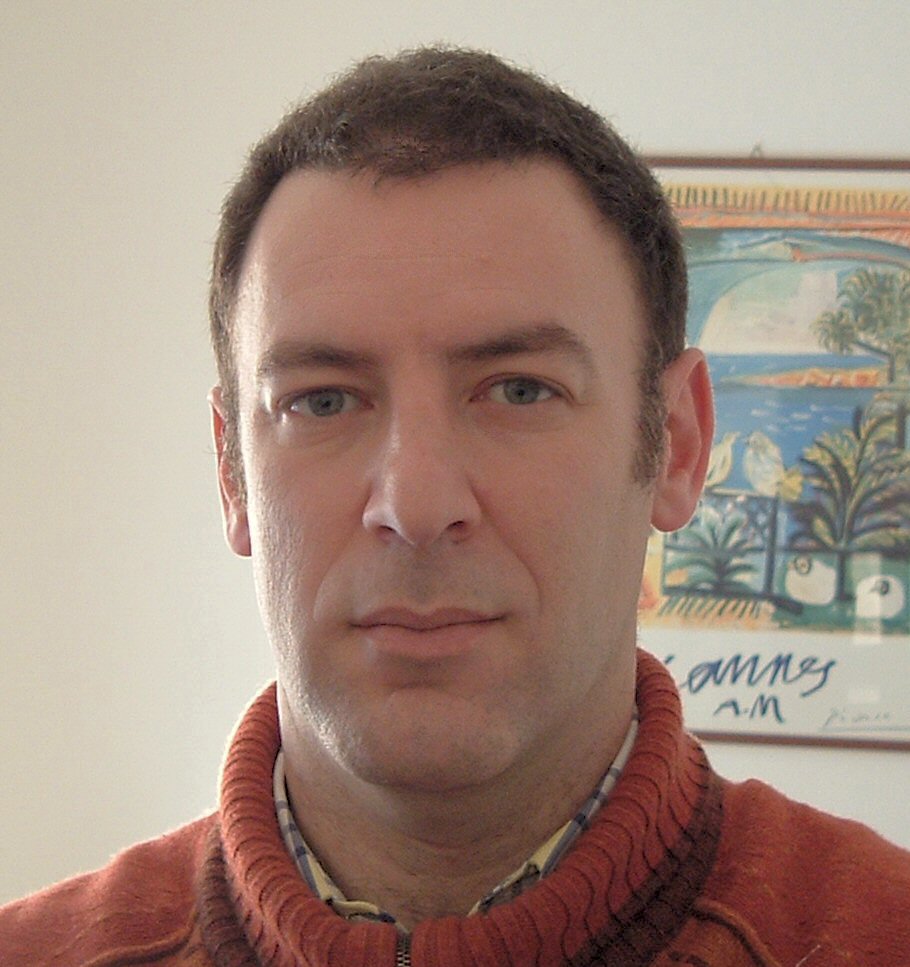Italian Company Enters Radio Measurement Competition
Michael Hedges February 1, 2005
Milan-based Eurisko is the latest market research company to join the quest for state of the technology audience measurement.
“A gold standard for portable measurement was not yet reached,” assessed Eurisko Vice President and research director Andrea Mezzasalma.
Eurisko (www.eurisko.it) has provided market research in Italy since 1972 and is primarily known for its Sinottica consumer and social trend survey, which also measures media consumption. Its Audiposter service measures exposure to outdoor advertising using a GPS–based portable device. The company employs 200 people in its Milan and Rome offices. Since December 2003 it has been associated with NOP World, an international network of market research suppliers.
|
Going to court is a great publicity stunt, until you lose.
Three international companies face side-by-side tests...
GfK Praha presented the results to Czech media groups
A step-by-step plan leading to electronic measurement adoption...
Ratings services in an ever-increasing number of countries are testing electronic measurement, potentially replacing the diaries listeners dutifully fill out or telephone calls that interrupt their dinner.
|
Media research suppliers see an end in sight for the diary method of measuring radio audiences. Media buyers, the primary users of detailed information, are firmly in favor of the change. Broadcasters have approached any change with more skepticism.
The system developed by Eurisko is the latest entrant in high-tech media measurement. Before designing prototype devices, the company studied potential competitors and the market for three years. Mezzasalma pointed to media buyers interest in single point, multi-media surveys and well as increasing interest in measuring out of home media usage.
Mezzasalma also said the Eurisko Media Monitor (EMM) is adaptable for any customers needs. “It is not a watch, pen, necklace or mobile phone but it could be any of these.”
Electronic measurement as currently developed relies on two technical methods; watermarking and sound matching. Arbitron, developer of the Personal People Meter (PPM), uses a watermarking technique that embeds identifying codes in a stations transmitted signal. The Swiss-developed RadioControl device uses sound matching. Eurisko settled on sound matching.
Requiring stations to embed codes in their signals was considered “impractical,” according to Mezzasalma.
“It gives power to the stations to discontinue the service,” he said.

Andrea Mezzasalma
Eurisko VPArbitron has faced some broadcaster resistance to embedding codes, which broadcasters publicly say might denigrate station sound quality. Privately, US broadcasters admit concerns about any change in measurement methods.
The second reason, more associated with research issues, is the time required for inclusion and detection. According to Mezzasalma, who has carefully studied watermarking methods, the PPM requires five minutes to identify a signal.
“Five minutes is a lot of time,” he said. “Television clients would find this unacceptable.”
Joint industry committees overseeing radio audience measurement are Euriskos initial target market. RAJAR, in the UK, recently released a “roadmap” for implementing an electronic measurement system to replace, eventually, radio surveys by diary. The Eurisko system is included in the next round of RAJAR tests with Arbitrons PPM and GfKs RadioControl. Another Eurisko target, Italy’s Audioradio, is considering testing new methods.
“Our proposal (to Audioradio) was well received,” said Mezzasalma. “We have been told informally that things should move along in 2005.”
Radio measurement is not uniformly organized throughout Europe. Where joint industry committees are in place, broadcasters – public and private – and the ad industry, decide what is measured and how it is done. More common are individual and competitive market research companies who determine methods and sell the service to broadcasters and media buyers. GfK and TNS Gallup provide media measurement services in several countries. GfK, the licensed provider of Radiocontrol, offers its service in the UK and has conducted tests for broadcaster groups in other countries.
Previously published in Radio World International, January 2005, in a slightly different form.
ftm Follow Up & Comments
The bidding for NOP World is over and GfK pays cash: €550 million.
Arbitron's Thom Mocarsky Responds to Eurisko Article - February 16, 2005
I read your article "Italian Company Enters Radio Measurement Competition."
In the article you quote Mr. Andrea Mezzasalma as saying: "The second reason, more associated with research issues, is the time required for inclusion and detection." According to Mezzasalma, who has carefully studied watermarking methods, the PPM requires five minutes to identify a signal.
"Five minutes is a lot of time," he said. "Television clients would find this unacceptable."
I'd like to point out that the PPM can detect a complete station code in as little as 4 seconds. We currently credit exposure at 30 second intervals.
The other advantage of the Arbitron approach is that the code has a "time stamp" built in. When a code is received, you can compare the time broadcast with the time heard and give credit for a TV program played back on a digital video recorder, That's something that is all but impossible to do with an audio matching technique which relies on comparing an audio snippet heard at 9:00:00am with all the possible audio snippets that could have been broadcast at 9:00:00am
I'd love to chat with your editors and reporters about the capabilities and progress of the Arbitron Portable People Meter, which is currently being used for television ratings in Canada and in a combined television and radio measurement service in Belgium.
Thank you for your consideration.
Thom Mocarsky Vice President, Communications 410-312-8239
| 

